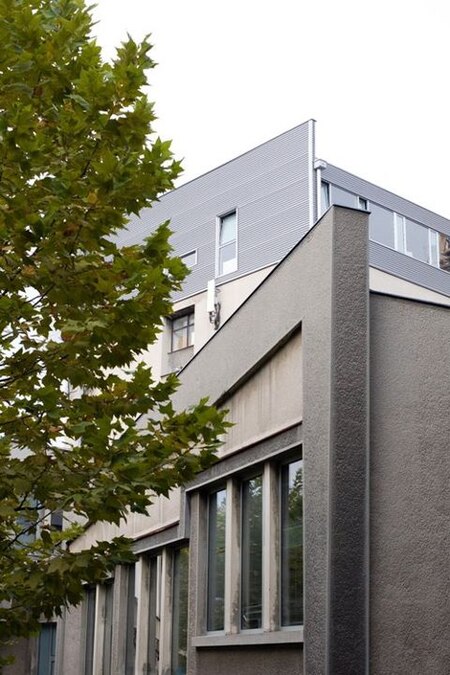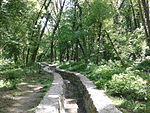Faculty of Political Sciences, University of Belgrade

The Faculty of Political Sciences (Serbian: Факултет политичких наука Универзитета у Београду, romanized: Fakultet političkih nauka Univerziteta u Beogradu, abbreviated FPN) is a constituent institution of the University of Belgrade which focuses on education and research in the fields of political science, international relations, journalism and communication studies, and social policy and social work. It was established in 1968, as a first faculty of this type in former Yugoslavia. The building, built in the Brutalist style, is located in the urban neighborhood of Voždovac, close to the Faculty of Organizational Sciences. The Faculty of Political Sciences offers BA, MA and PhD programmes, as well as advanced professional development programmes.
Excerpt from the Wikipedia article Faculty of Political Sciences, University of Belgrade (License: CC BY-SA 3.0, Authors, Images).Faculty of Political Sciences, University of Belgrade
Vojvode Stepe, Belgrade Београд (Вождовац)
Geographical coordinates (GPS) Address Nearby Places Show on map
Geographical coordinates (GPS)
| Latitude | Longitude |
|---|---|
| N 44.773663 ° | E 20.475832 ° |
Address
Vojvode Stepe 188
11040 Belgrade, Београд (Вождовац)
Central Serbia, Serbia
Open on Google Maps




